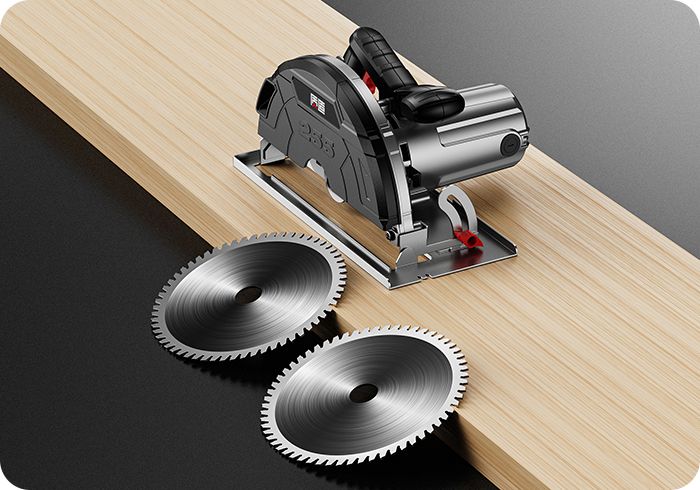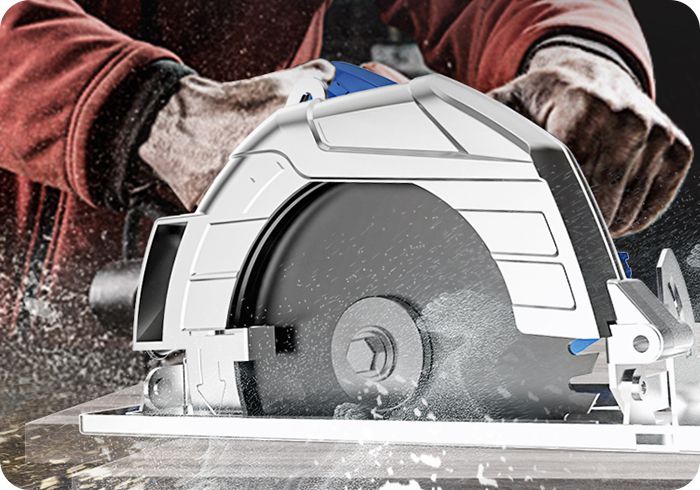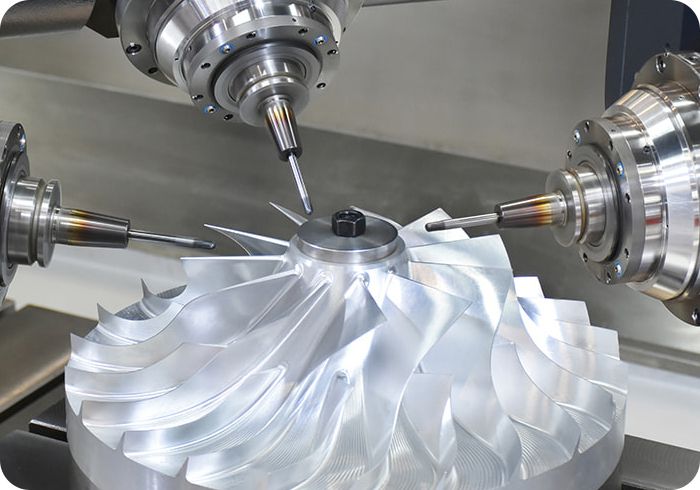

Clarify the processing object:the type, hardness, thickness, etc. of the sawing material.
Determine processing requirements: cutting speed, precision, surface quality, lifespan, etc.
Understand equipment conditions: the model, power, speed, etc. of the sawing equipment.
Evaluate budget: comprehensively consider factors such as materials, processing technology, and quantity.

Material selection: Choose the appropriate saw blade material (high-speed steel, hard alloy, etc.) based on the processing object and requirements.
Tooth profile design: Optimize tooth profile parameters (tooth height, tooth thickness, rake angle, rake angle, etc.) to improve cutting efficiency and reduce wear.
Size specifications: Determine the inner diameter, outer diameter, thickness, and other dimensions of the saw blade to adapt to the equipment and processed workpieces.

Sample production: Produce sample saw blades according to the design plan.
Performance testing: Conduct performance testing on the sample saw blade under actual processing conditions to verify its cutting performance, durability, etc.
Data analysis: Analyze test data, evaluate the advantages and disadvantages of sample saw blades, and optimize them.

Process flow: The production process of saw blades usually includes multiple steps such as forging, heat treatment, gear grinding, and coating.
Quality control: Strictly control the quality of each link in the production process to ensure product consistency.

Delivery: Deliver qualified saw blades to customers.
After sales service: Provide technical support, maintenance and other after-sales services